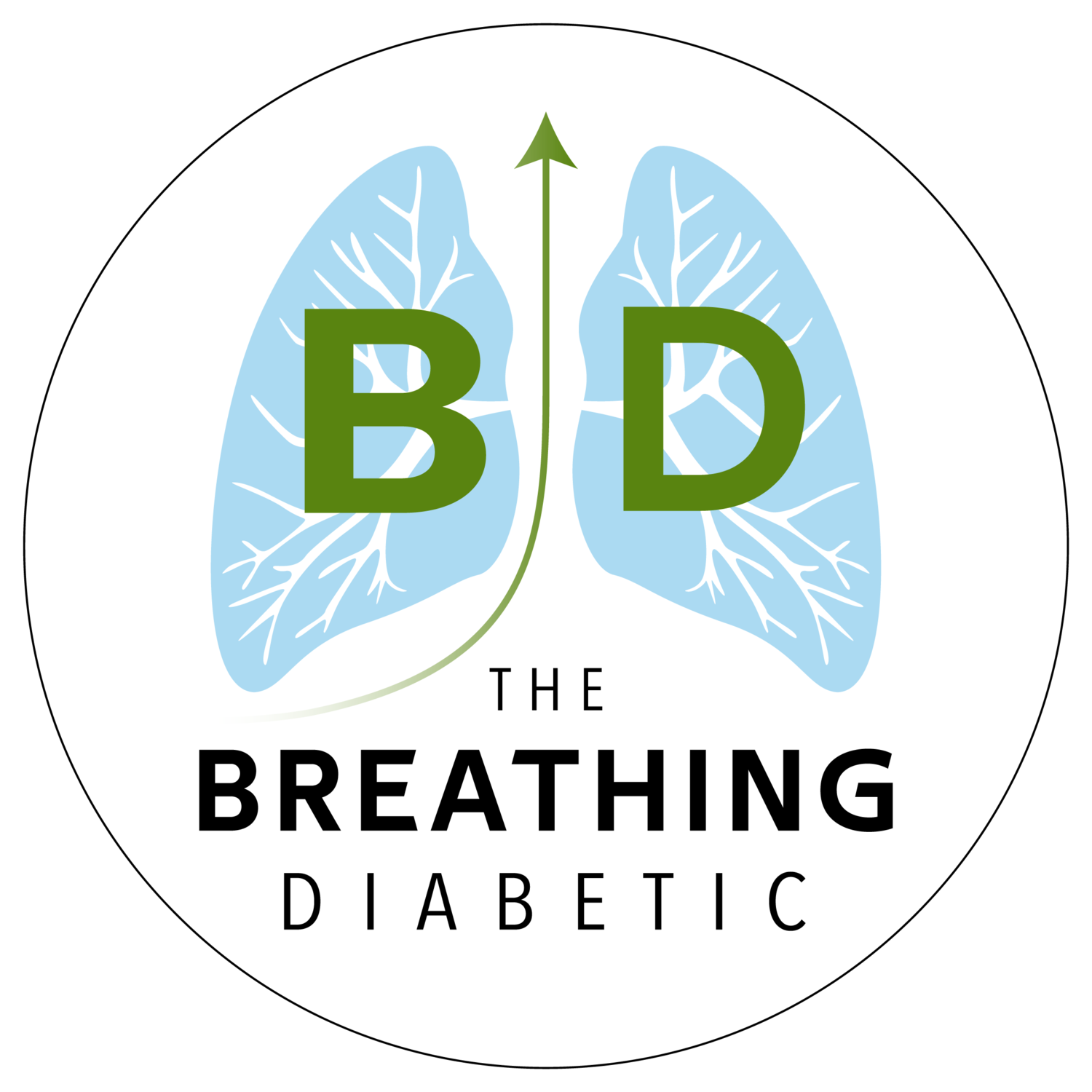🎧 Listen Instead of Reading 🎧
If you enjoy listening, you can subscribe to the audio version on Spotify, Apple Podcasts, and Audible so you don’t even have to look at the email 😊
4 Thoughts
1. A First Goal of Pranayama is This
“Hence, through pranayama, one attempts to do away with the effort of respiration; rhythmic breathing must become something so automatic that the yogin can forget it.”
- Mircea Eliade, Yoga: Immortality and Freedom
An excellent reminder that we train our breathing, consistently and deliberately, so we can forget about it. Effort leads to effortlessness. Ancient yogis agree.
2. Slow Breathing Offers “Promising Prospects in Chronic Diseases Management”
A 2021 review of heart rate variability biofeedback (HRVB; aka slow breathing) for chronic illness examined 29 studies with over 1100 patients, concluding:
“Given the reported positive effects of HRVB on psychophysiological outcomes in various patient profiles, it is clear that HRVB offers promising prospects in chronic diseases management.”
- Heart rate variability biofeedback in chronic disease management: A systematic review
It looks like, once again, I’m not as crazy as I sometimes feel with this breathing stuff (and neither were those slow, rhythmic-breathing ancient yogis 😁).
***
P.S. A quick rant on HRVB vs. slow breathing for the nerds like me 🤓
3. How to Be Warm-Hearted: Slow Breathing and The 4 Elements of Compassion
In one of my new favorite books, Biofeedback and Mindfulness in Everyday Life, Dr. Inna Khazan tells us that compassion requires 4 physiological elements:
“Ability to orient and bring attention toward the person in need.
Ability to engage socially with others in times of stress.
Ability to feel safe while engaging with others.
Ability to regulate our own physiology.”
Critically, these traits tie back to our hearts, specifically HRV:
“What all four of these points tell us is that HRV is central to the physiological foundations of compassion and self-compassion.”
And, most critically, HRV can be quickly and sustainably increased with slow breathing, helping you become more compassionate:
“doing the structured, straightforward, and easily accessible HRV training will help you in developing and nurturing your ability to express and act with compassion toward others and self-compassion for yourself.”
Sounds good to me : )
4. Remember this Emotional Toil for 2022
“As far as I can tell, the only thing more difficult than the emotional toil of pursuing true excellence is the emotional toil of not pursuing true excellence.”
- Steven Kotler, The Art of Impossible
Breathing certainly isn’t everything. But, it is the starting point for pursuing true excellence in all aspects of our lives. And we wouldn’t want to live with the emotional toil of not doing that : )
Bonus Thought: My Favorite Books of 2021
“We read books to find out who we are.”
- Ursula K. Le Guin
I read 56 books this year, a new record for me. Here’s a list of them, plus my Top 3 for: Overall, Breathing, and Better Living/Philosophy.
I hope the nuggets of wisdom I have shared from some of these have helped your 2021 be better in some way 🙏
1 QUOTE
“We are all journeying through the night with plans, breathing in and out this mysterious life.”
– Tara Brach
1 ANSWER
Category: The Airways
Answer: These are the narrowest passageways air goes through before reaching the alveoli.
…
(Cue the Jeopardy! music.)
…
Question: What are bronchioles?
In good breath,
Nick Heath, T1D, PhD
“Breathing is the compound interest of health & wellness.”
Sign Up For The Breathing 411
Each Monday, I curate and synthesize information from scientific journals, books, articles, and podcasts to share 4 thoughts, 1 quote, and 1 answer (like "Jeopardy!") related to breathing. It’s a fun way to learn something new each week.

